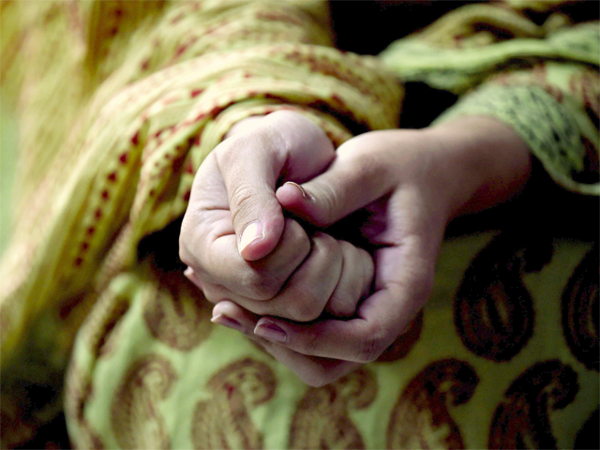Divorce and separation rates are higher among Christians and Buddhists, and lowest among Jains, according to freshly released Census 2011 data. Although separation rates are higher for Hindus than Muslims, divorce is more prevalent among the latter.
The share of those who have lost a spouse to death is the highest among Buddhists, followed by Christians. Widowhood rates are much higher among Hindus and Sikhs than Muslims.
A complex web of religious and social factors is responsible for these trends, which are similar to those discovered in the previous Census. Although divorce is legally allowed for Hindus, it may still carry social stigma. This could be the reason why the separation rate for Hindus was 5.5 per thousand married people, while the divorce rate was pegged at just 1.8 per thousand. Separation includes wives abandoned by husbands.
Among Muslims, it seems the triple talaq provision pushed up the share of female divorcees to five per thousand, against 2-3 per thousand for Hindus, Sikhs and Jains. However, Christians and Buddhists have similar rates of women divorcees. The rate of widowhood is directly linked to the well known demographic fact that women live longer than men. This results in two to three times the number of widows compared to widowers across all communities.
Another factor at work is life expectancy. Muslims have the lowest average life expectancy of all communities and this results in the least number of widowed people, at about 73 per thousand married persons. Among Hindus and Sikhs, the share is about 88 per thousand, while it is higher for Christians (97) and Buddhists (100).
(Sourced from agencies, Feature image courtesy:economictimes.indiatimes.com)



























